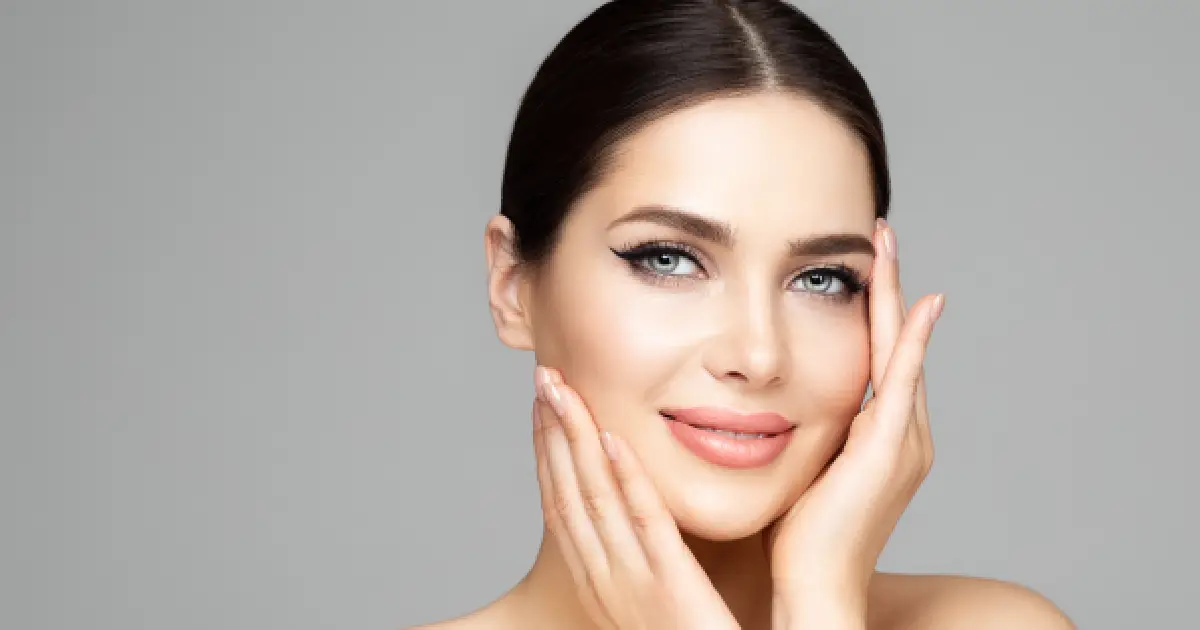Dermaplaning has become a buzzword in the beauty and skincare industry, offering a unique approach to achieving a smoother, brighter complexion. This treatment, often misunderstood or confused with other exfoliation techniques, deserves a closer look to understand its benefits, process, and considerations. Whether you’re a skincare enthusiast or someone looking to refine your skincare routine, here’s everything you need to know about dermaplaning.
What Is Dermaplaning?
Using a sterile medical knife, dermaplaning is a physical exfoliation method that carefully removes the top layer of dead skin cells and vellus hair also known as peach fuzz from the face. This treatment aims to make the skin’s surface smooth, youthful, and radiant. It also allows for deeper product penetration, boosting the efficacy of serums and creams.
The Benefits of Dermaplaning
For individuals who want to improve their skincare regimen and attain a smoother, more luminous complexion, dermaplaning has several benefits. Here are the key benefits of incorporating dermaplaning into your beauty regimen:
- Enhanced Skin Texture and Tone: Dermaplaning eliminates dead skin cells to balance out and smooth skin tone.
- Increased Product Efficacy: The removal of dead skin and fine hairs allows for deeper penetration of skincare products.
- Reduction of Fine Lines and Wrinkles: Increases the creation of collagen, which minimizes the appearance of wrinkles and fine lines.
- No Downtime Required: Dermaplaning offers immediate results without any recovery time needed.
- Suitable for Most Skin Types: It’s beneficial for various skin types, including sensitive skin, and safe for pregnant or nursing women.
- Helps with Acne Scars: Can reduce the appearance of acne scars by removing the superficial layers of the skin.
- Immediate Results: Provides an instant improvement in skin’s brightness, smoothness, and overall appearance.
- Minimizes Pore Size: Helps make pores appear smaller by removing top layer debris and hair.
- No Harsh Chemicals: A physical method of exfoliation without the use of chemicals, suitable for sensitive skin.
Incorporating dermaplaning into your skincare routine can offer a wealth of benefits, from improved texture and tone to enhanced absorption of skincare products. However, having this treatment performed by a qualified professional is important to ensure safety and achieve the best possible results.
How Dermaplaning Is Performed
Here is a general outline of how dermaplaning is typically performed:
- Cleansing: The procedure starts with a thorough cleansing of the face to remove any makeup, oils, and dirt from the skin’s surface.
- Preparation: Some practitioners may apply a mild antiseptic or numbing solution to reduce the risk of infection and make the procedure more comfortable, though numbing is usually not necessary due to the non-invasive nature of dermaplaning.
- Dermaplaning: The dermatologist or aesthetician will gently scrape the surface of the skin with a sterile surgical scalpel held at a 45-degree angle. This is done in short, swift strokes to remove dead skin cells, scar tissue, and other debris in addition to fine hairs. The technique requires a skilled hand to ensure the blade is not too abrasive.
- Soothing: After the dermaplaning is complete, a soothing gel, serum, or moisturizer may be applied to help hydrate, protect, and soothe the skin. This also helps in promoting the skin’s healing process.
- Sun Protection: Ultimately, sunscreen is applied to protect the newly exposed skin cells from UV damage, as the skin can be more sensitive to the sun post-procedure.
To ensure that the procedure is carried out safely and successfully, it is crucial for anyone thinking about dermaplaning to speak with a qualified and experienced professional who can evaluate their skin type and issues.
Considerations and Misconceptions
When it comes to dermaplaning, there are several important considerations and misconceptions to be aware of. Individuals can set reasonable expectations and make educated decisions about the procedure by being aware of these.
Considerations
- Skin Sensitivity: Post-procedure, the skin may be more sensitive to sun exposure and certain skincare products. It’s crucial to follow post-care instructions, including using sunscreen.
- Professional Expertise: Dermaplaning should be performed by a licensed aesthetician or dermatologist to minimize risks and ensure the procedure is done correctly.
- Hygiene and Safety: Using a sterile, surgical-grade scalpel and following proper sanitary practices are essential to prevent infections.
- Skin Condition: Not everyone is a suitable candidate for dermaplaning. Individuals with active acne, skin infections, or certain skin conditions should avoid the procedure.
- Frequency: Dermaplaning can be done about once a month, depending on the individual’s skin type and rate of cellular turnover, to maintain results without over-exfoliating.
Misconceptions
- Hair Growth: A common misconception is that hair grows back thicker and darker after dermaplaning. However, the procedure only removes fine vellus hair, which grows back at the same thickness and color as before.
- Pain and Recovery: Many people believe dermaplaning to be painful with a long recovery time. Although there is no downtime and the procedure is relatively painless, some people may have post-procedural redness or discomfort.
- Exclusivity: While often marketed towards women, dermaplaning is suitable for all genders and skin types, provided there are no contraindications.
- Effectiveness: Some may underestimate the benefits of dermaplaning, thinking it only removes hair. It’s actually an effective exfoliation method that can improve skin texture, tone, and the efficacy of skincare products by removing dead skin cells along with hair.
- Replacement for Shaving: Dermaplaning is sometimes thought to be similar to or a replacement for traditional shaving. While both remove hair, dermaplaning also exfoliates the skin deeply, which shaving does not achieve to the same extent.
By keeping these things in mind, individuals can make the most of dermaplaning’s advantages while also being conscious of its drawbacks and any risks.
Post-Treatment Care
After dermaplaning, post-treatment maintenance is essential to guarantee great results and lower the possibility of any adverse effects. Here are some key guidelines for post-dermaplaning care:
- Sun Protection: Apply broad-spectrum sunscreen with SPF 30 or higher daily to protect sensitive skin from UV damage.
- Gentle Skincare: Use gentle, non-abrasive products and avoid exfoliants or acids immediately post-procedure.
- Hydration: Keep skin well-hydrated with a gentle moisturizer to aid healing and maintain smoothness.
- Avoid Harsh Treatments: Skip other facial treatments like chemical peels or microdermabrasion for a couple of weeks.
- Touching and Picking: Avoid touching your face unnecessarily and do not pick at flaking skin.
- Makeup: Prior to applying makeup, wait at least 24 hours and make sure your equipment is clean.
- Cleanliness: Keep anything that contacts your face (pillowcases, towels) clean to prevent bacterial infection.
- Monitoring Skin Reaction: Watch for adverse reactions and consult a professional if significant discomfort occurs.
Following these post-treatment care guidelines can significantly enhance the healing process, optimize the results of the dermaplaning procedure, and maintain healthy, glowing skin.
The Bottom Line
Dermaplaning is a safe, efficient exfoliation procedure that removes fine hairs and dead skin, requiring skin sensitivity consideration and post-treatment maintenance for best results. At Hera Skin and Wellness in Portsmouth, NH, we perform Dermaplaning for improved skin texture, facial hair removal, scar reduction, and hyperpigmentation, with additional benefits from LaseMD Ultra and hydrodermabrasion. Discover radiant, silky-smooth skin with dermaplaning, the ultimate exfoliation that gently removes dead skin and fine hair.


